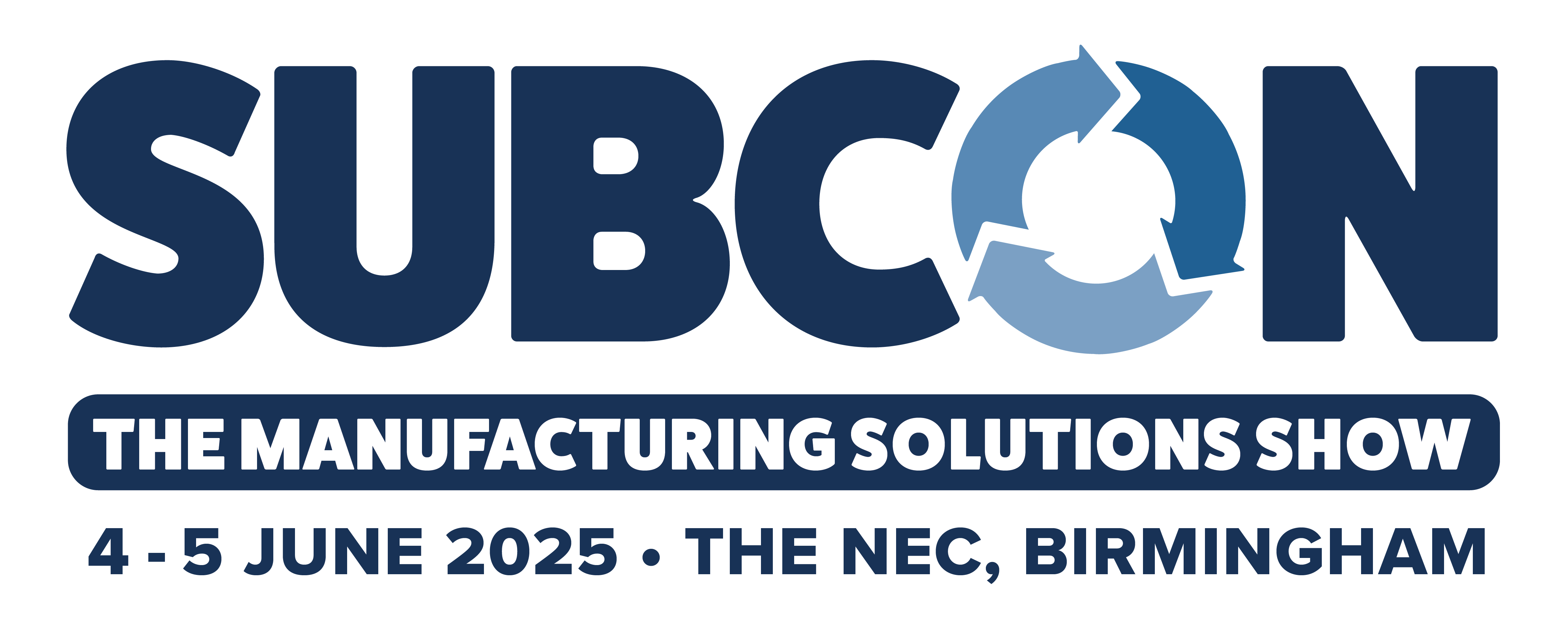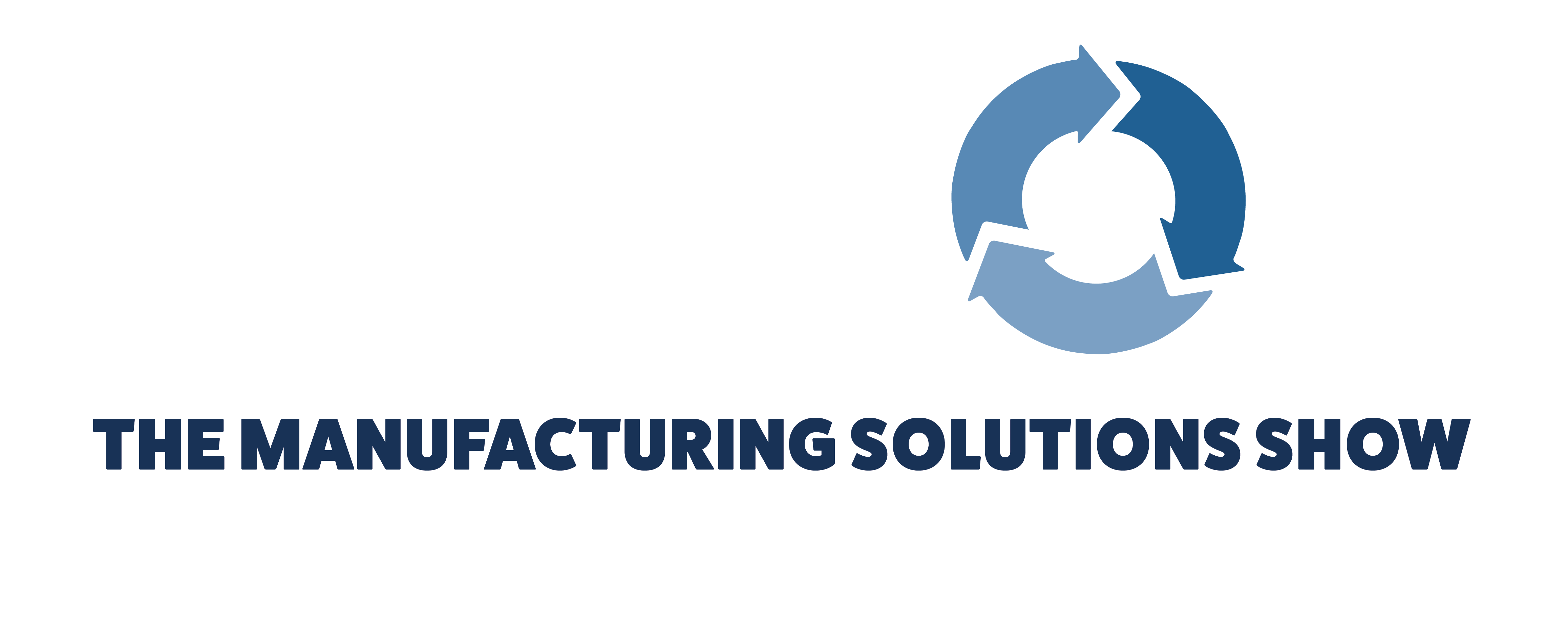CAM Assist for 3+2 axis components: earning machinists’ trust
)
At CloudNC, we just hit a substantive landmark: our CAM Assist solution, which accelerates and automates CNC strategy creation with AI, can now help machinists make components for 3+2 axis CNC machines.
While creating strategies to machine 3-axis components was already challenging enough, doing the same for 3+2 axis parts is many orders of magnitude more difficult, given that there’s effectively multiple new, different approach directions to make every feature of those parts with. It’s combinatorially explosive (ie - the potential amount of solutions is exponential!), making it even harder to get our algorithms accurate, and the results precise.
Solving that puzzle has real impact. This advance means that our technology can now be applied to the bulk of the world’s machining work for the first time - we estimate that CAM Assist now covers around two-thirds of global machining activity.
In addition, our users tell us that because 3+2 axis programming is that much more complex, CAM Assist will be even more effective at finding opportunities for efficiency within it. As a result, we’re already seeing a surge in interest from machinists keen to see if it lives up to expectations as we enter this new frontier.
But with that added interest and increased potential application, there’s a new question for us to answer: how do we make sure machinists are convinced that CAM Assist can help them?
Machining differential
In practice, how CAM Assist works is this: our AI understands (almost) every way in which a CNC machine could make all aspects of a component, as well as the rules of machining them and the physics involved.
To generate the program to make a new component, it processes the potential appropriate methods and decides which combination would create an efficient machining strategy. That might require billions of calculations, requiring some extremely complex, proprietary code to process in an effective time frame.
However, that’s very much not how a human would create a program to make the same component. A skilled machinist would consider a much more limited number of methods based on their years of experience, training and intuition, and decide on the best of those. Their choice might well be influenced by factors the AI wouldn’t factor in: like which tools in the workshop are more reliable, or even more satisfying to use.
That divergence means the AI may come up with effective working solutions that aren’t naturally intuitive to a skilled machinist. For example, perhaps the program proposed sending the tool into tight areas around the vice in a way beyond the machinist’s regular comfort level, or generates a way of creating a feature with a specific tool that the user wouldn’t even have thought of as an option.
That creates a problem: present a machinist with anything too unorthodox, and they won’t trust the AI with their very expensive equipment that breaks if misused. And of course, all this technology is extremely new - so there is no inbuilt trust created over many months that an algorithm can help do this job.
In the end, CAM programmers want programs that make sense to them, based on what they know about the CNC machining process - but the computer doesn’t care about what the toolpath looks like, as long as it believes it gets the job done.
So how do we square this circle? We create trust - by opening the black box to scrutiny.
Explaining the AI
When CAM Assist presents a potential strategy, the toolpaths are not only completely visible - ie, the machinist can see every aspect of what’s being proposed - but also totally editable. So if there’s something there that they don’t like the look of or understand, they can change it.
That’s a great first step for building the trust to put the strategy into action… but for the human in the loop, it’s not necessarily enough. They don’t want to have to verify every aspect of the toolpath to check that they agree with it - indeed, doing so kind of defeats the object of CAM Assist, which is to save them time and make their operations more efficient.
So, we need to make sure that the strategies we create make enough sense to the programmers that they don’t need to double check the work, and to ensure that, we have also introduced the ability to specify geometric approaches to avoid. This means that if the user prefers to avoid certain kinds of toolpaths and strategies, even if they are perfectly valid from a creative perspective, the AI will now avoid those.
That means we’ll get fewer results that aren’t intuitive for a CAM programmer - helping build trust that our solutions really can generate feasible, accurate, precise toolpaths that can build 3+2 axis components to the tight specifications that manufacturers and customers require. And in our next update, we’ll begin filtering out the wackier, non-intuitive approaches automatically, reducing the need further for users to say “I wouldn’t do it like that.”
The next step in earning trust: to also factor in those user preferences and specifications to the next generation of CAM Assist, where our solution not only proposes an effective toolpath strategy, but is also able to provide efficient feeds and speeds that work with a machinist’s existing tool library, preferences and factory conditions.
Ultimately, our goal at CloudNC is to get to a point where our technology is trusted to provide the solution for lights-out manufacturing. However, to reach that end-game, our technology needs to earn the trust of the humans within that process today - and that’s what we’re striving to achieve.
We’re currently looking for beta testers to try out and feedback on our work on cutting parameters and AI-inspired feeds and speeds - if you’d like to be involved, please email camassist@cloudnc.com and the team will be in touch!



